

China Biologic Products, Inc., through its indirect majority-owned subsidiary, is principally engaged in the research, development, production, manufacturing and sale of plasma-based biopharmaceutical products to hospitals and other health care facilities in China. Its subsidiary, Shandong Taibang Biological Products Co. Ltd., operates from its manufacturing facility located in Taian City, Shandong Province. The Company's principal products include its approved human albumin and immunoglobulin products. These human albumin products are mainly used to increase blood volume and its immunoglobulin products are used for the treatment and prevention of diseases....
+See MoreSharpe-Lintner-Black CAPM alpha (Premium Members Only) Fama-French (1993) 3-factor alpha (Premium Members Only) Fama-French-Carhart 4-factor alpha (Premium Members Only) Fama-French (2015) 5-factor alpha (Premium Members Only) Fama-French-Carhart 6-factor alpha (Premium Members Only) Dynamic conditional 6-factor alpha (Premium Members Only) Last update: Saturday 10 January 2026
2020-08-01 07:28:00 Saturday ET
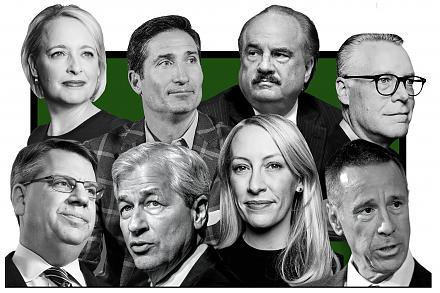
Technological advances, geopolitical risks, and pandemic outbreaks cannot shake investor confidence in the American dollar as the global reserve currency.
2019-01-10 17:31:00 Thursday ET
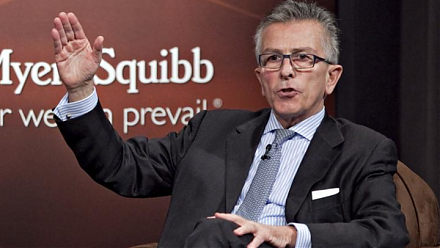
The recent Bristol-Myers Squibb acquisition of American Celgene is the $90 billion biggest biotech deal in history. The resultant biopharma goliath would be
2018-07-13 09:41:00 Friday ET
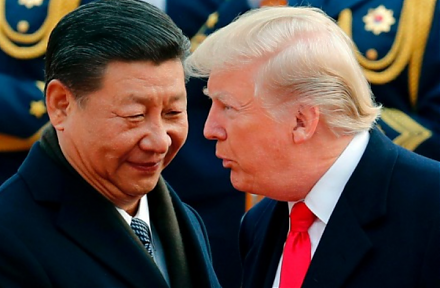
Yale economist Stephen Roach warns that America has much to lose from the current trade war with China for a few reasons. First, America is highly dependent
2020-04-17 07:23:00 Friday ET
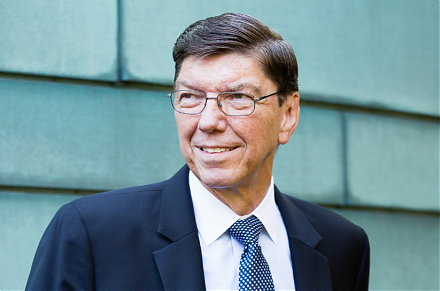
Clayton Christensen defines and delves into the core dilemma of corporate innovation with sustainable and disruptive advances. Clayton Christensen (2000)
2023-12-07 07:22:00 Thursday ET
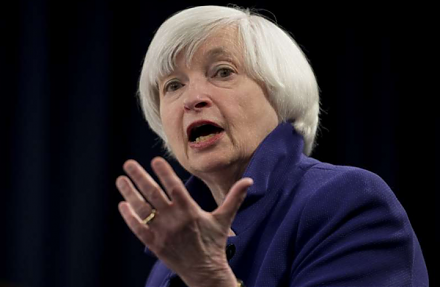
Economic policy incrementalism for better fiscal and monetary policy coordination Traditionally, fiscal and monetary policies were made incrementally. In
2019-09-11 09:31:00 Wednesday ET

Central banks in India, Thailand, and New Zealand lower their interest rates in a defensive response to the Federal Reserve recent rate cut. The central ban